Title: Understanding Emerald Ore Purchase Price and Sales in Trade and Export Introduction: Emeralds have captivated humanity for centuries with their mesmerizing beauty and rarity. As one of the most sought-after gemstones globally, emeralds have become a significant part of the global trade and export industry. This article will delve into the intricacies of emerald ore purchase price and sales in the context of the international market. Determining the Purchase Price: The purchase price of emerald ore is influenced by various factors, including quality, size, clarity, color, and origin. Professionals in the gem industry use the 4Cs (color, clarity, cut, and carat weight) to assess a stone’s value. In the case of emerald ore, the color is critically important, with the intensity of green leading to higher price brackets. Additionally, the origin of the emerald influences its price. Emeralds sourced from Colombia, historically known for producing exceptional stones, often command higher prices due to their reputation for superior quality.
minerals
 Other significant sources include Brazil, Zambia, and Afghanistan, each with its own pricing range influenced by factors such as availability and reputation. Emerald Ore Sales in Trade and Export: Emerald ore is primarily traded through licensed dealers, auctions, and gemstone fairs. Dealers in emerald trade play a crucial role as intermediaries between miners and potential buyers. These dealers, who have extensive knowledge and networks within the industry, assess the value of emerald ore and negotiate its sale based on market conditions. For export, various countries play significant roles in the emerald trade. Colombia remains one of the largest exporters, followed by Brazil and Zambia. These countries have established trade routes and agreements to facilitate the global emerald supply chain.
Other significant sources include Brazil, Zambia, and Afghanistan, each with its own pricing range influenced by factors such as availability and reputation. Emerald Ore Sales in Trade and Export: Emerald ore is primarily traded through licensed dealers, auctions, and gemstone fairs. Dealers in emerald trade play a crucial role as intermediaries between miners and potential buyers. These dealers, who have extensive knowledge and networks within the industry, assess the value of emerald ore and negotiate its sale based on market conditions. For export, various countries play significant roles in the emerald trade. Colombia remains one of the largest exporters, followed by Brazil and Zambia. These countries have established trade routes and agreements to facilitate the global emerald supply chain.
Specifications of minerals
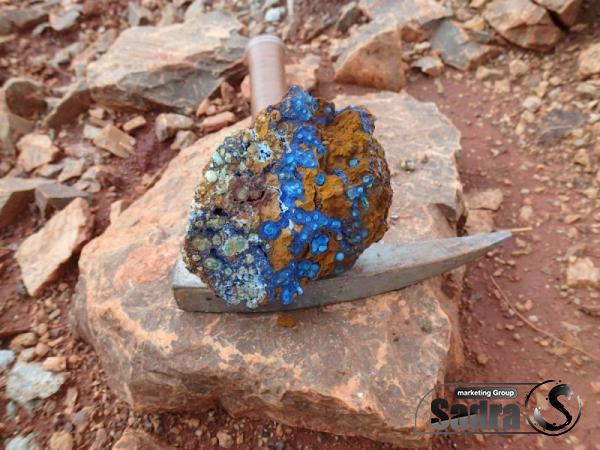 Export regulations, certifications, and adherence to ethical mining practices are paramount to maintaining a transparent and sustainable trade in emerald ores. Factors Affecting Price Fluctuations: The emerald market is subject to constant fluctuations due to a variety of factors. Economic conditions, consumer demand, geopolitical issues, and changes in mining regulations can all impact prices. For instance, during economic downturns, luxury goods, including emeralds, may experience a decline in demand, leading to a drop in prices. Ethical and Sustainable Mining: In recent years, there has been a growing focus on ethical and sustainable mining practices within the gemstone industry. Consumers are increasingly concerned about the conditions under which precious stones are extracted.
Export regulations, certifications, and adherence to ethical mining practices are paramount to maintaining a transparent and sustainable trade in emerald ores. Factors Affecting Price Fluctuations: The emerald market is subject to constant fluctuations due to a variety of factors. Economic conditions, consumer demand, geopolitical issues, and changes in mining regulations can all impact prices. For instance, during economic downturns, luxury goods, including emeralds, may experience a decline in demand, leading to a drop in prices. Ethical and Sustainable Mining: In recent years, there has been a growing focus on ethical and sustainable mining practices within the gemstone industry. Consumers are increasingly concerned about the conditions under which precious stones are extracted.
buy minerals
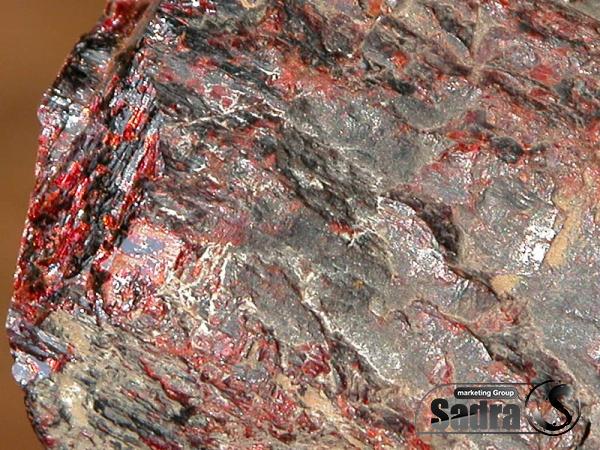 Therefore, ensuring responsible mining practices, fair wages, and environmentally friendly processes has become essential for players in the emerald trade. Such practices can also impact the purchase price, as ethically sourced emeralds may command higher values in the market. Conclusion: Emerald ore purchase price and sales in trade and export are complex processes influenced by various factors, including quality, origin, and market demand. Understanding the value drivers and market dynamics is crucial for all stakeholders involved in the emerald trade. As the market evolves, a focus on ethical and sustainable practices is gaining importance, thus shaping the future landscape of this captivating gemstone industry.
Therefore, ensuring responsible mining practices, fair wages, and environmentally friendly processes has become essential for players in the emerald trade. Such practices can also impact the purchase price, as ethically sourced emeralds may command higher values in the market. Conclusion: Emerald ore purchase price and sales in trade and export are complex processes influenced by various factors, including quality, origin, and market demand. Understanding the value drivers and market dynamics is crucial for all stakeholders involved in the emerald trade. As the market evolves, a focus on ethical and sustainable practices is gaining importance, thus shaping the future landscape of this captivating gemstone industry.
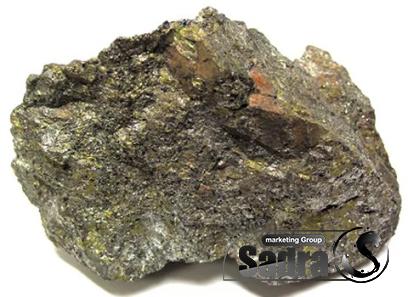
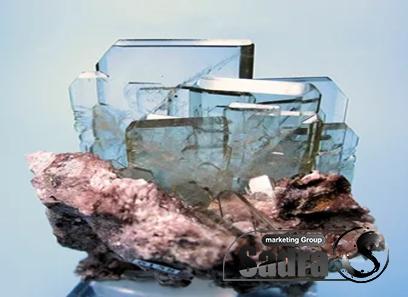
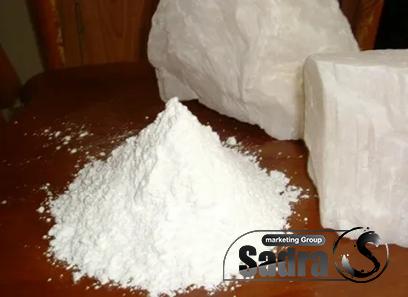
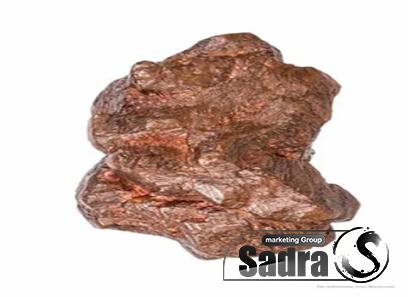
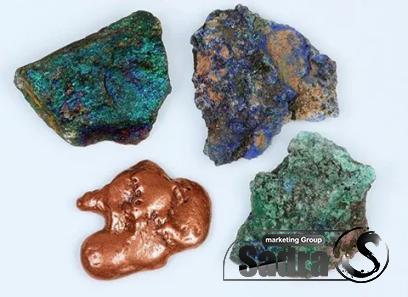

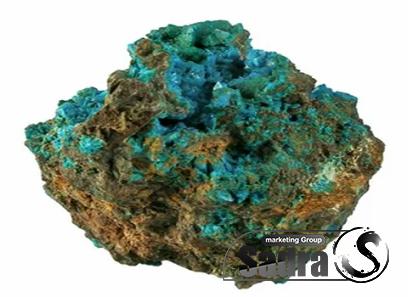
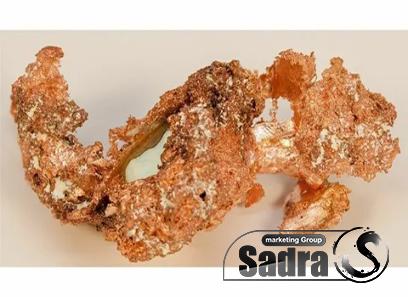
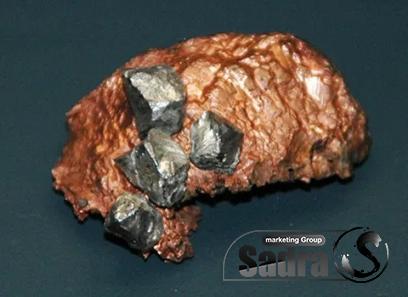
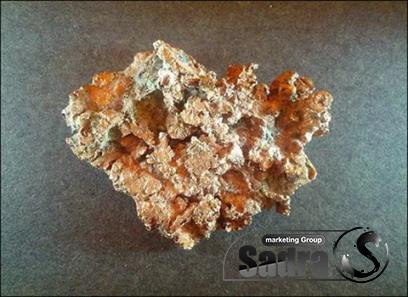
Your comment submitted.